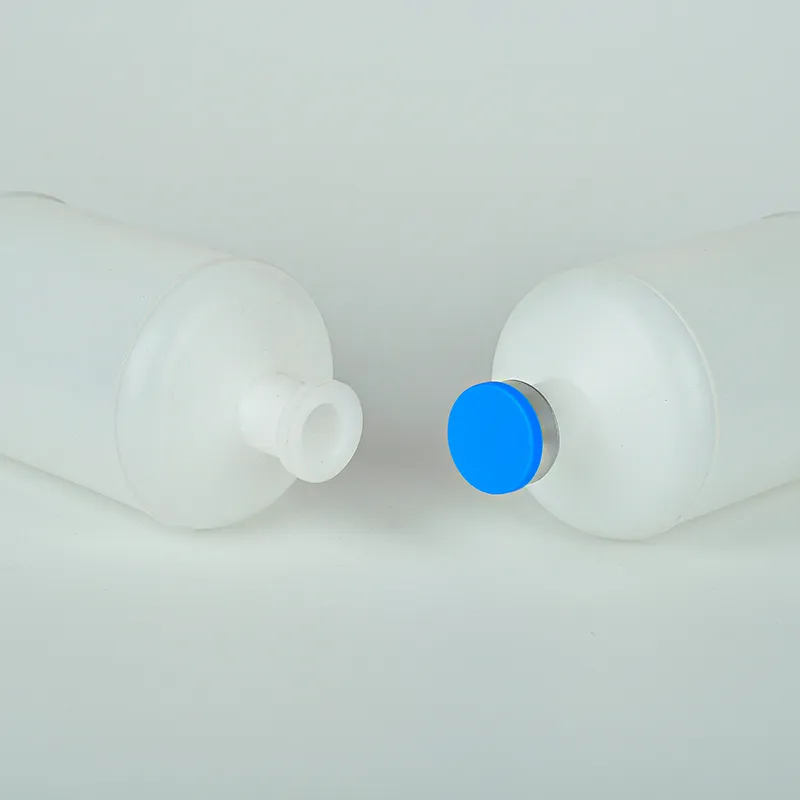Jan . 19, 2025 03:02
Back to list
clear pill bottles
Exploring the World of Drug Pill Bottles A Comprehensive Guide for Consumers
Sustainability is an emerging trend within the pharmaceutical packaging industry. Environmental concerns have propelled companies to adopt recycled materials and promote recycling initiatives. Some innovative designs feature biodegradable elements or are produced using renewable energy sources, minimizing their carbon footprint. Such sustainable practices have become increasingly important, resonating with eco-conscious consumers and contributing positively to a brand’s image. In addition to the physical aspects, drug pill bottles play an educational and psychological role. Their structure helps standardize medication sizes, making it easier for practitioners and patients to maintain consistent dosing. Structurally identical bottles for different medicines prevent errors and aid in organizing a dense collection of medications, being crucial for patients on complex medication regimens. Healthcare professionals play a vital role in ensuring that patients understand how to properly use the medication prescribed, including proper use of the bottle itself, especially in the case of specially designed time-released or temperature-sensitive medications. Pharmacists often educate patients on the significance of storing medications in their original bottles to protect them from environmental factors and to keep essential information, such as expiration dates and dosing instructions, at hand. As industries evolve, the advent of smart pill bottles presents a new horizon. These bottles can now incorporate technology to track doses taken and missed, providing critical data for healthcare providers to tailor treatment more effectively. They embody the principle of connectivity in healthcare, offering real-time reminders and integrating with mobile apps that help patients remain compliant with their dosing schedules. To sum up, drug pill bottles are an essential aspect of pharmaceutical care, offering protection, information, and safety. Their evolving design reflects ongoing innovation, marrying traditional needs with contemporary concerns for convenience, safety, and environmental stewardship. As technology continues to advance, these bottles will likely become even more integral in healthcare, supporting medication adherence and patient education. In a world that often overlooks the importance of these everyday objects, a deeper appreciation and understanding can empower patients and healthcare professionals alike, ensuring optimal health outcomes.


Sustainability is an emerging trend within the pharmaceutical packaging industry. Environmental concerns have propelled companies to adopt recycled materials and promote recycling initiatives. Some innovative designs feature biodegradable elements or are produced using renewable energy sources, minimizing their carbon footprint. Such sustainable practices have become increasingly important, resonating with eco-conscious consumers and contributing positively to a brand’s image. In addition to the physical aspects, drug pill bottles play an educational and psychological role. Their structure helps standardize medication sizes, making it easier for practitioners and patients to maintain consistent dosing. Structurally identical bottles for different medicines prevent errors and aid in organizing a dense collection of medications, being crucial for patients on complex medication regimens. Healthcare professionals play a vital role in ensuring that patients understand how to properly use the medication prescribed, including proper use of the bottle itself, especially in the case of specially designed time-released or temperature-sensitive medications. Pharmacists often educate patients on the significance of storing medications in their original bottles to protect them from environmental factors and to keep essential information, such as expiration dates and dosing instructions, at hand. As industries evolve, the advent of smart pill bottles presents a new horizon. These bottles can now incorporate technology to track doses taken and missed, providing critical data for healthcare providers to tailor treatment more effectively. They embody the principle of connectivity in healthcare, offering real-time reminders and integrating with mobile apps that help patients remain compliant with their dosing schedules. To sum up, drug pill bottles are an essential aspect of pharmaceutical care, offering protection, information, and safety. Their evolving design reflects ongoing innovation, marrying traditional needs with contemporary concerns for convenience, safety, and environmental stewardship. As technology continues to advance, these bottles will likely become even more integral in healthcare, supporting medication adherence and patient education. In a world that often overlooks the importance of these everyday objects, a deeper appreciation and understanding can empower patients and healthcare professionals alike, ensuring optimal health outcomes.
Share
Prev:
Next:
Latest news
-
Aesthetic Makeup Spray Bottles | Fine Mist Empty RefillableNewsAug.19,2025
-
White Plastic Veterinary Vaccine Vials | Lab Liquid BottlesNewsAug.18,2025
-
Plastic Medicine Liquid Bottle: Secure Flip Top Drug VialsNewsAug.17,2025
-
Durable 250ml Blue Plastic Vaccine Vial for Lab & Vet UseNewsAug.16,2025
-
Sterile Virus Sample Tubes: Secure & Reliable Specimen CollectionNewsAug.15,2025
-
White 250ml Plastic Vaccine Vial for Lab & Vet MedicineNewsAug.14,2025
RECOMMEND PRODUCTS























